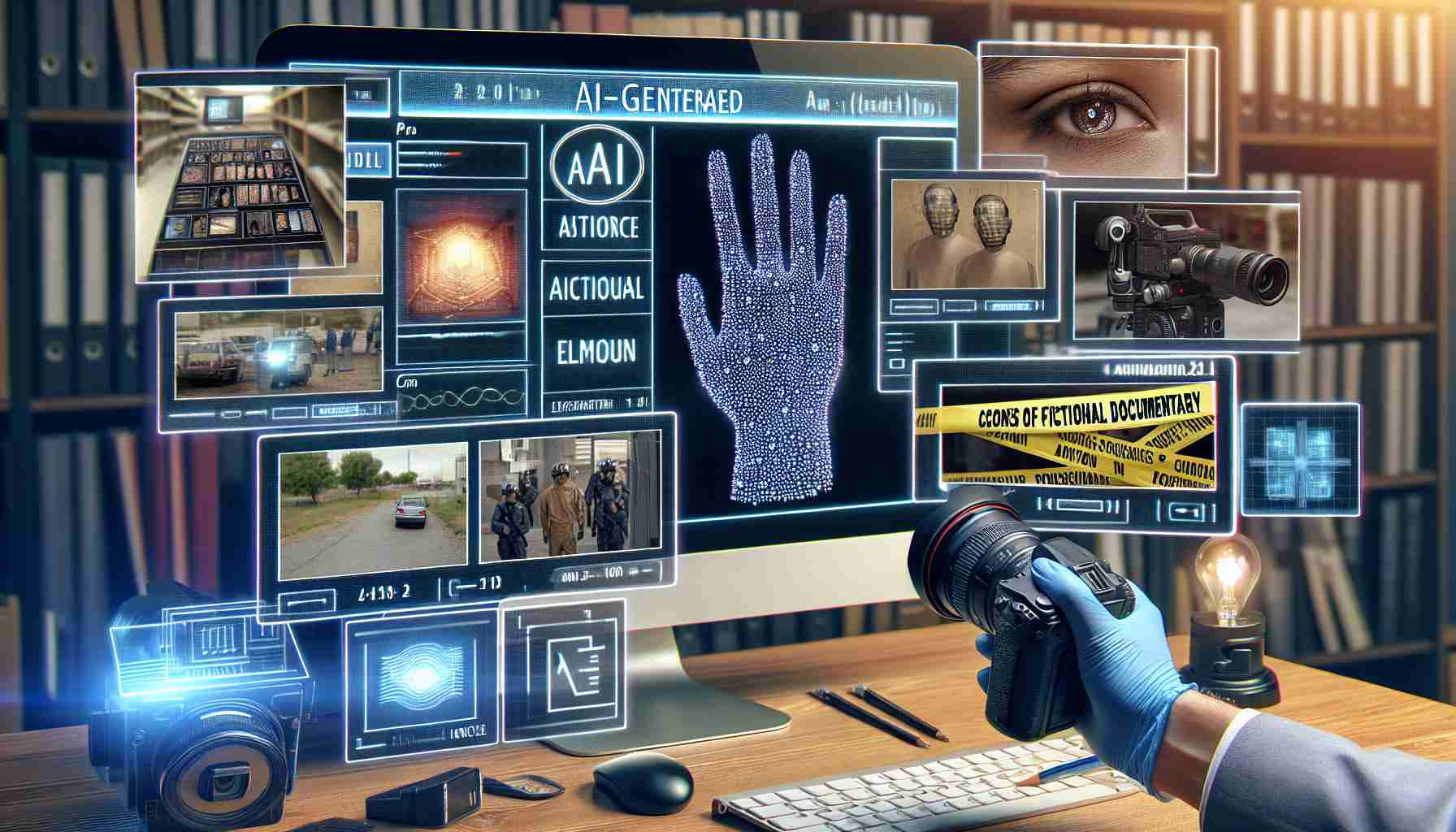Netflix’s use of Artificial Intelligence sparks debate. A widely-discussed true-crime documentary on Netflix has recently come under scrutiny for what appears to be digitally altered imagery. The documentary, which explores the harrowing story of Jennifer Pan, a young woman implicated in a plot against her family, includes a moment approximately 28 minutes in when a high school friend describes Jennifer as a happy and genuine person. While the narrative unfolds, a series of photographs intended to depict Jennifer are shown.
However, upon closer examination, these images seem to exhibit signs of digital manipulation. In particular, one photo that aimed to capture Jennifer flashing a peace sign has drawn attention. The anomalies, notably a misshapen hand with missing and elongated fingers, suggest certain portions of the image may have been artificially generated. Such graphic inconsistencies are commonly associated with the use of AI technology, which often struggles with accurately replicating human appendages like hands.
The revelation has raised the question of documentary integrity—particularly in the context of a criminal case—as discussed in online photography forum PetaPixel. When telling true stories, accuracy is paramount, a sentiment echoed by online communities.
As yet, Netflix has made no official statement regarding the concerns over the potential use of AI-altered images in its documentary narrative. The matter has ignited a conversation on the ethical implications of using AI to reconstruct visual material in storytelling, especially in sensitive genres such as true crime.
Key Challenges and Controversies Associated with AI-Generated Images in True Crime Documentaries:
The inclusion of AI-generated images in true crime documentaries like the one about Jennifer Pan on Netflix raises several ethical concerns and technological challenges:
– Authenticity: There’s a fundamental expectation that documentaries, especially those involving real crimes, should adhere to factual representation. The use of AI to alter or create images could mislead viewers if not clearly disclosed, placing the documentary’s credibility into question.
– Accuracy: AI, while sophisticated, is not infallible, especially in replicating intricate human features such as hands, as seen in the Jennifer Pan documentary. This can erroneously represent the individuals involved.
– Misrepresentation: Altered images can change how viewers perceive the real people and events being documented, which may lead to false impressions or misunderstandings about the case.
– Legal and ethical implications: There might be legal implications regarding the portrayal of real individuals and the potential for defamation or privacy violations. Ethically, the rights of individuals to have their stories told truthfully must be considered.
– Disclosure: Currently, there is no industry standard for the disclosure of AI-generated images, potentially deceiving viewers regarding the authenticity of what they’re seeing.
Advantages and Disadvantages of Using AI-Generated Images in Documentaries:
Advantages:
– Enhancement of storytelling: AI can help create compelling visual narratives when actual footage or photographs are lacking, enhancing viewer engagement.
– Reconstruction purposes: AI can recreate scenes or images that are vital to the story but impossible to capture, such as historical events or inaccessible locations.
– Quality improvement: AI can be used to enhance the resolution or quality of existing images, providing a clearer picture of the documentary’s subject matter.
Disadvantages:
– Erosion of trust: The use of artificial images can undermine the trust viewers place in documentary filmmakers to present a factual account.
– Moral responsibility: Filmmakers have a duty to respect the truth of the subject matter, especially in sensitive cases, and AI-generated images can distort that truth.
– Ethical concerns: Thoughtful consideration must be given to whether an AI-generated image respects the dignity and story of real individuals portrayed.
In light of these challenges, controversies, and the advantages and disadvantages associated with AI-generated images in true crime documentaries, there is a clear need for guidelines and transparency in the use of such technologies.
For more information on ethical storytelling, you can visit the website of the International Documentary Association, which provides standards and practices for creators: International Documentary Association.
Please note, as an AI developed by OpenAI, I don’t have browsing capabilities to verify URLs outside of the knowledge I have up to my last update in 2023, so you should verify the URL’s validity independently.

